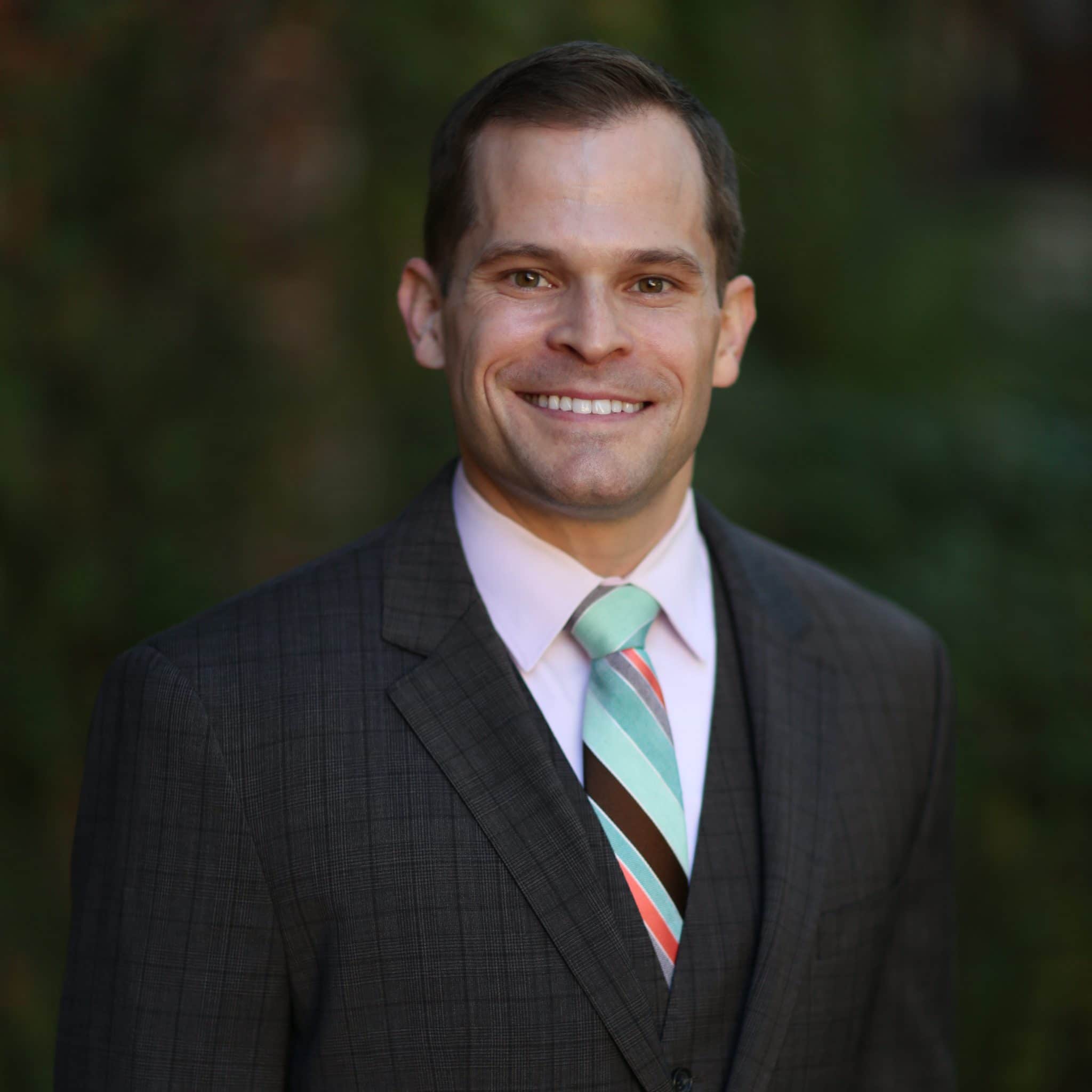Dream job to nightmare: Why teachers decide to leave the profession
What do you want to be when you grow up?
This common question to children yields some well-known answers – veterinarian, musician, movie star, superhero – but none as common as the No. 2 childhood dream job – teacher. It’s no surprise that this career path is at the top of the list for many people, as it’s characterized by noble attributes like helping others learn, educating the next generation and preparing people to be successful members of society.
Why then, in 2018, did almost 50% of teachers report that they are actively looking for a new occupation? According to new research from the University of Florida Warrington College of Business, a number of factors contribute to teachers deciding to leave the profession.

Assistant Professor of Management Brian W. Swider.
Based on a sample of over 3,000 K-12 teachers, researchers Brian W. Swider of the Warrington College of Business and Ryan D. Zimmerman and Jeffrey B. Arthur of Virginia Tech found that wage level, non-core job duties, occupational investment, and moonlighting predicted teachers’ likelihood of changing occupations compared to changing organizations within the same occupation or staying at the same organization.
While wage level is a fairly obvious reason for leaving the teaching industry, having to perform non-core job duties is also a strong predictor of why teachers leave the profession, Swider said.
“The more teachers have to do what isn’t a part of their job description or what they thought their job would entail, the more likely they are to leave the profession,” he said. “For example, in the coming year or two, what a teacher is going to have to do might expand to things like monitoring children’s health. The more that gets added onto their plate, the more likely they will be to leave.”
Similarly, having a secondary occupation, or moonlighting, is a strong predictor of teachers walking away from the industry.
“We argue that moonlighting expands an employee’s occupational network by creating links to a new occupation,” Swider, Zimmerman and Arthur write in their paper, “Does turnover destination matter? Differentiating antecedents of occupational change versus organizational change”. “These links provide a means of building social capital that can facilitate a transition to a new occupation by supplying job leads and career-related support.”
The fourth factor of occupational investment refers to additional investment in knowledge and skills that are relevant to a specific occupation. For teachers, this can be things like certifications or professional development trainings, Swider said. While additional certifications are common for teachers who have been in the profession longer, for those newer to the profession that haven’t made the same investment in additional skill development, it’s a reason that increases their likelihood to leave.
For management scholars like Swider, the results of this study highlight the importance of managers understanding why people leave their jobs, as these reasons can lead to large gaps in the workforce, affecting the industry for years to come. If school boards don’t want to lose any of the 3.7 million teachers in the United States, Swider has this advice.
“Listen to teachers’ concerns,” he said. “What are they most worried about? Once you know that, give them the resources that address those concerns. As managers, you need to make sure that your employees have the resources they need so they don’t leave.”
Specifically, the researchers suggest that school boards could do things like offer training and development opportunities that increase occupation-related knowledge and skills, limit requiring employees to engage in duties not directly related to their core job, increase pay for their current work, or seek to develop employees and advance them into higher level and better paying jobs.
This research is forthcoming in Journal of Vocational Behavior.




